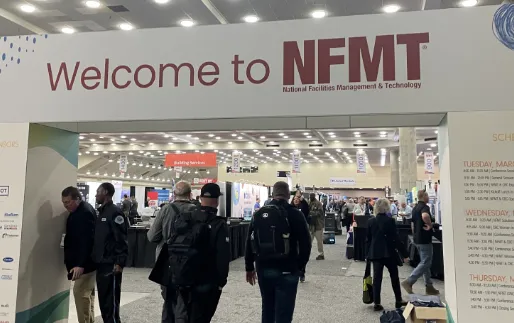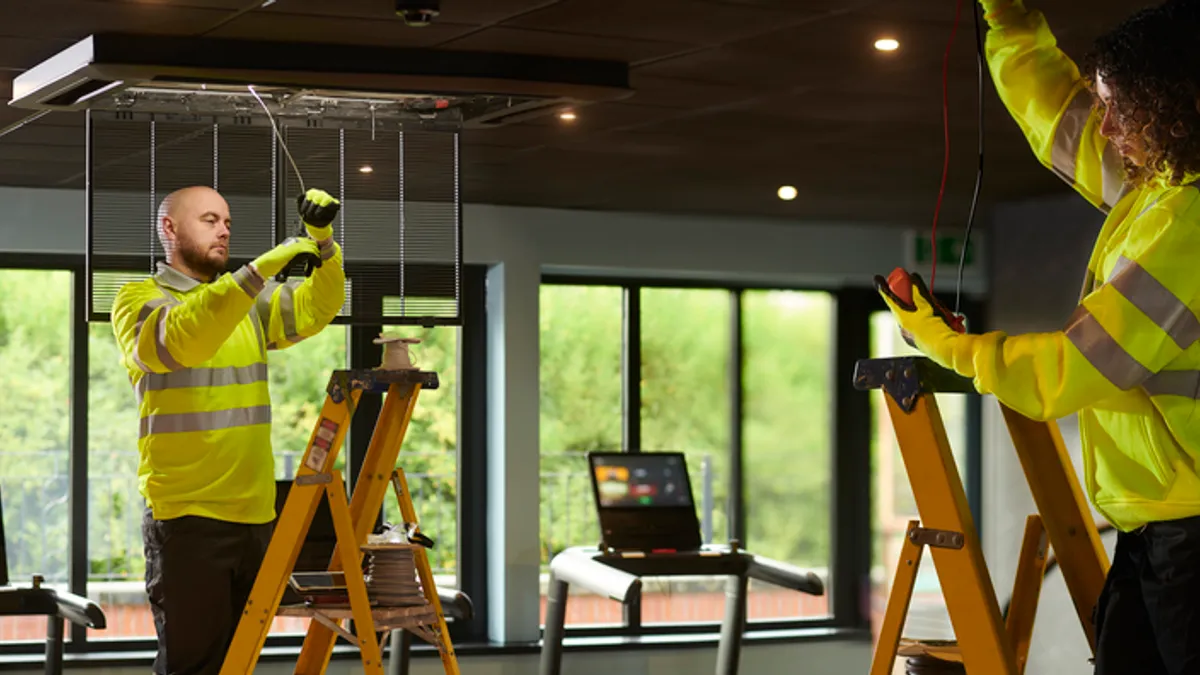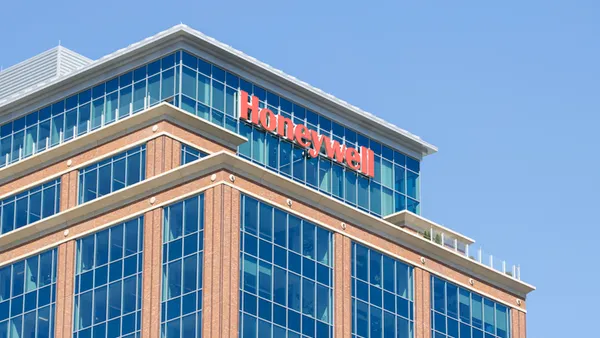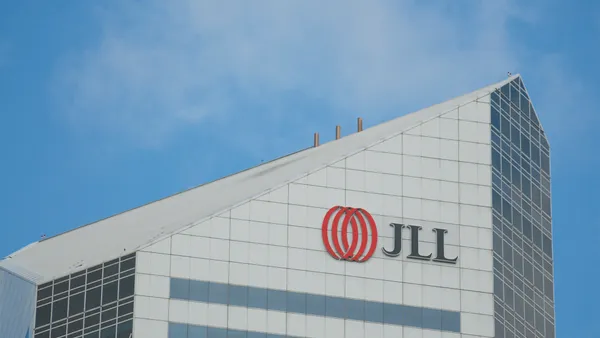Mission statements might seem like a waste of time to team members in the field or on the shop floor but two facilities managers swear by them as more than a feel-good exercise.
“Most people don’t know what we do,” John Rimer, president of FM360 Consulting and a former facilities manager at Intel, Johnson Controls and other companies, said in a presentation Wednesday at NFMT 2025. “They see us more as glorified janitors or the Maytag Man waiting for a phone call. A mission statement tells others who we are in the way your team wants to be known.”
There are immediate benefits to a mission statement, Rimer said. First, it helps facilities managers and their teams keep their work aligned with the strategic priorities of the broader organization. “It’s a reminder to the team, if a task doesn’t tie back to the vision, should we be doing it?” he said. “Don’t get distracted.”
Second, when there needs to be a change in how the team does things, like moving from a spreadsheet to a digital approach for tracking work, team members are less likely to resist because they’ll be able to see how the change fits into their mission.

“They know where the changes are coming from because they were part of that discussion,” he said.
Mission continuity is another benefit. Despite working under a rotating slate of bosses in the three years he was chief facilities officer for Chicago Public Schools, Clarence Carson could reference his team’s mission statement to stay focused on priority work and avoid being side-tracked by the organization’s changing leadership, he said at the conference.
“Your plan shouldn’t change year to year,” said Carson, today a senior infrastructure advisor for the Illinois Department of Central Management Services.
A plan also helps keep your team focused on things other than the immediate crisis in front of them, Carson said, otherwise “most times we’re reactionary.”
There’s another benefit, Rimer said. It can help managers get resources their team needs come budget time by showing the C-suite how the facilities team supports the organization’s strategic plan. Without the mission statement, it’s harder for the facilities manager to tie in the team’s work with the broader goals.
“Facilities managers are always selling,” he said. “It’s not just about cost. It’s about how we impact productivity and risk – the risk that keeps the CEO awake at night. We manage so much risk to the organization. If they don’t agree about our impact, we can show them the cost of saying no.”















